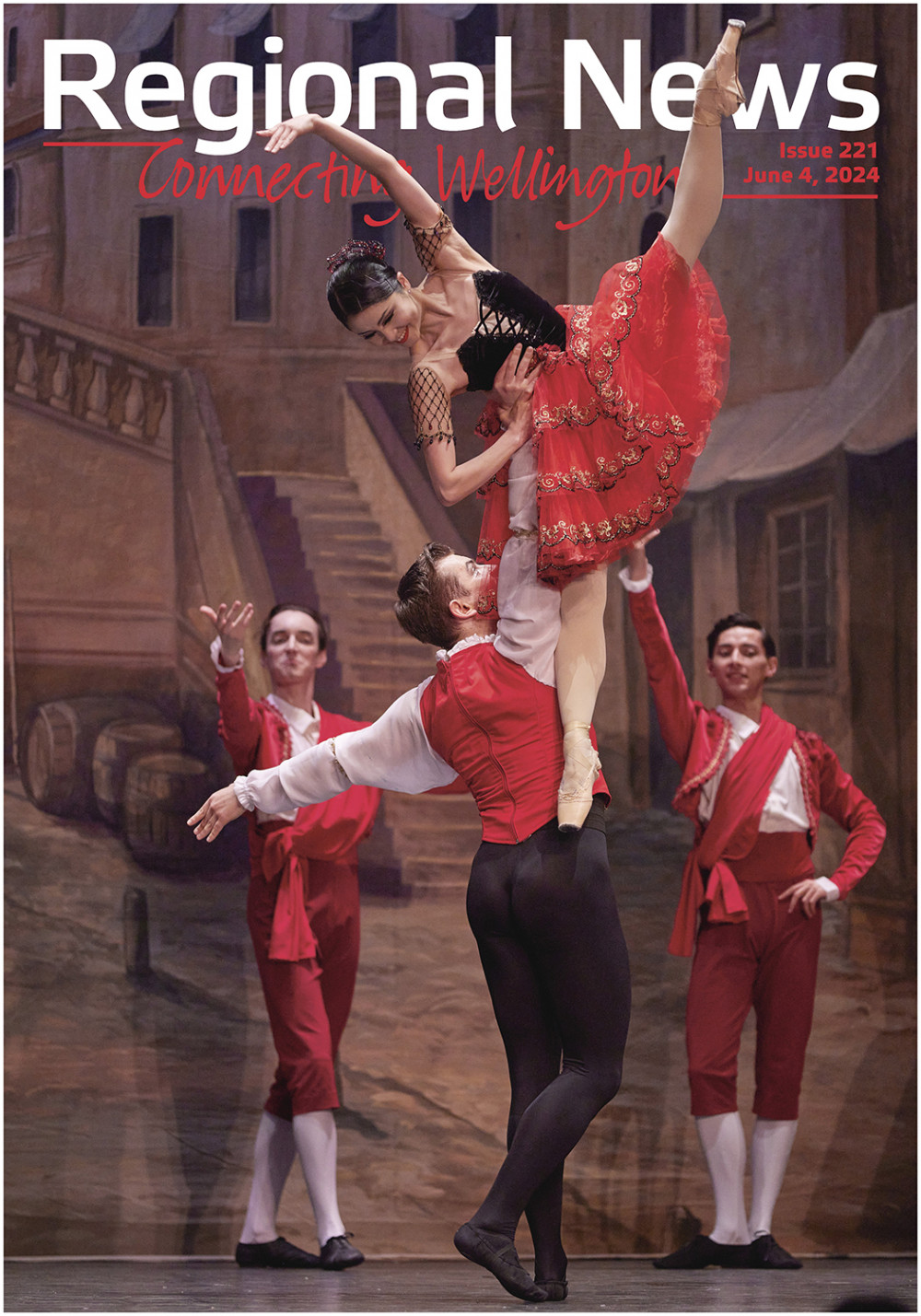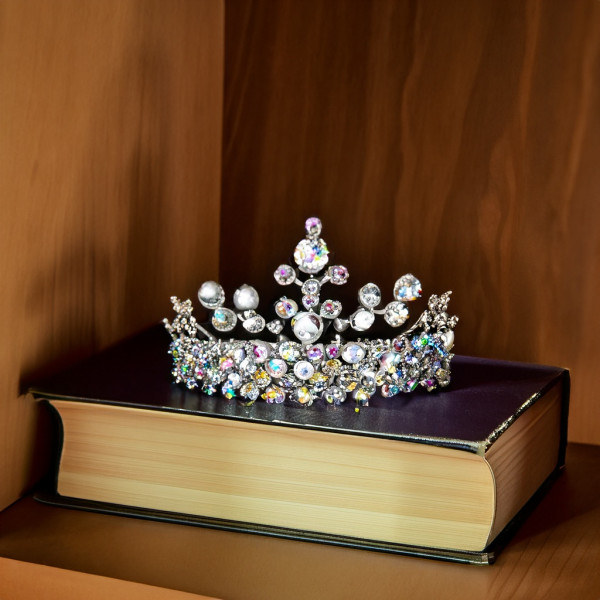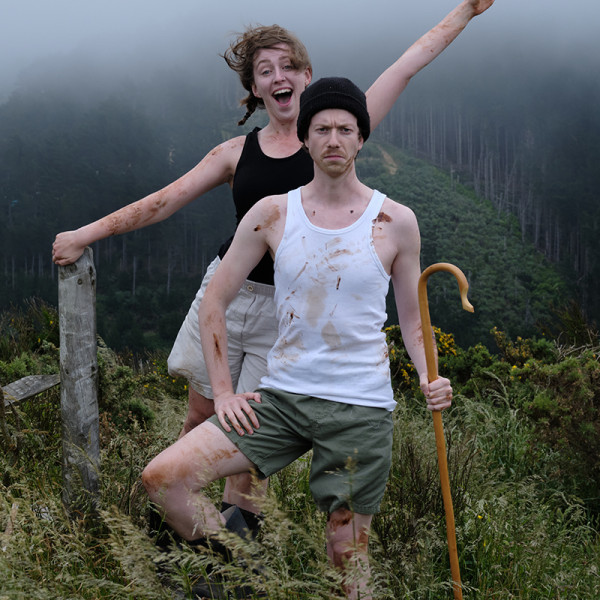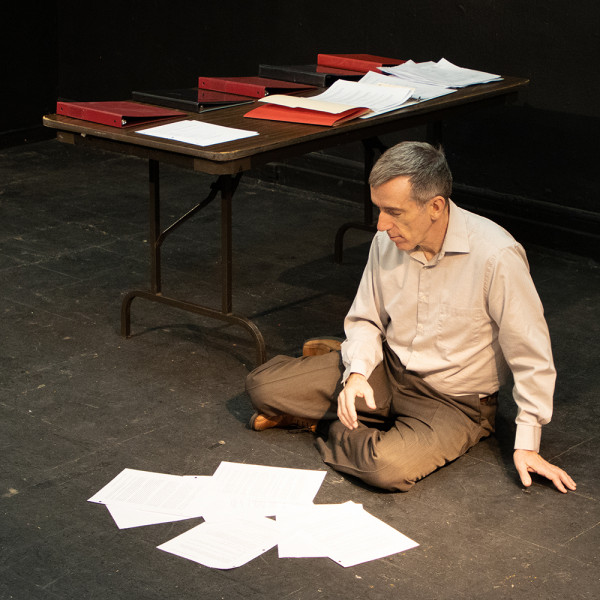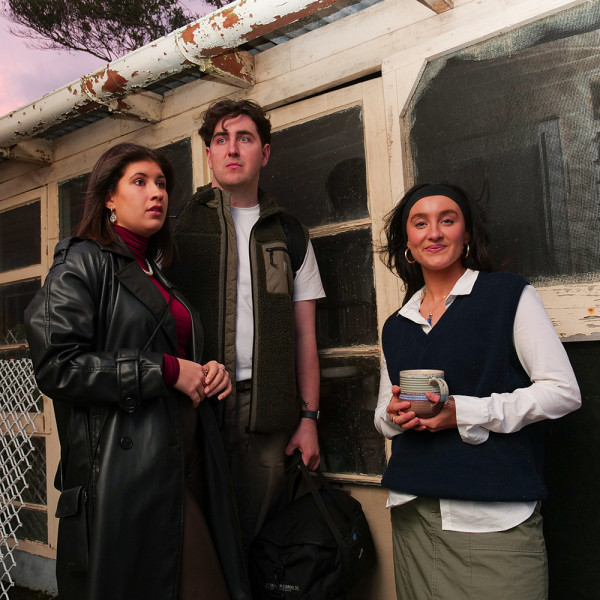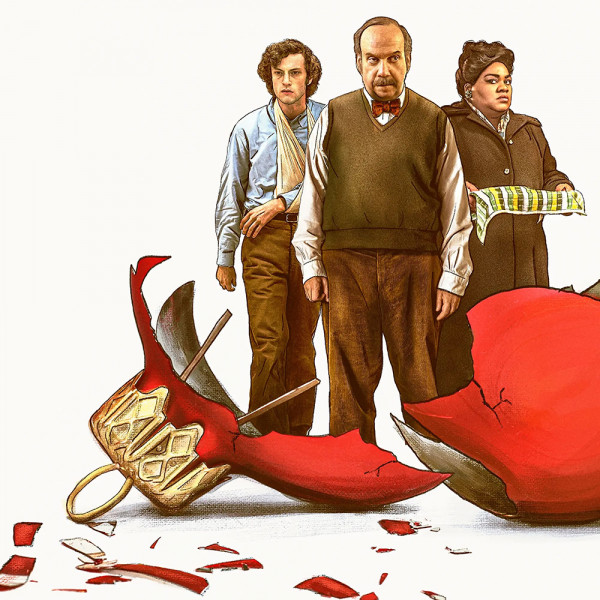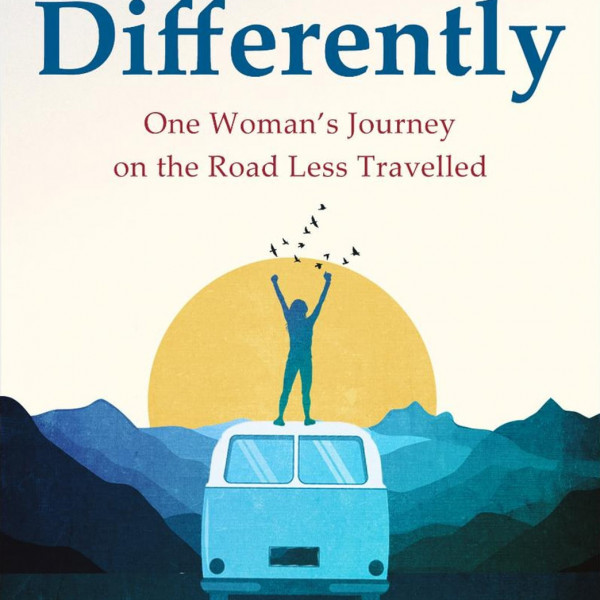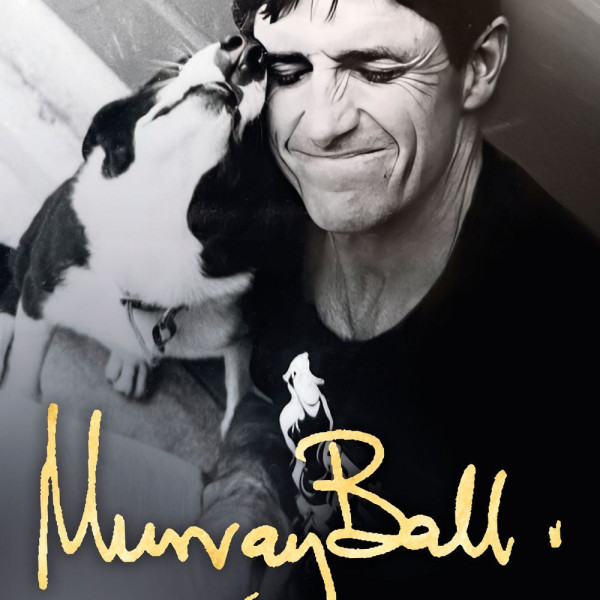
Witi’s Wāhine
Written by: Nancy Brunning
Directed by: Ngapaki Moetara and Teina Moetara
St James Theatre, 29th Feb 2024
Reviewed by: Alessia Belsito-Riera
Where you see one woman, you see a thousand, Witi’s Wāhine proclaims with the force of a raging storm, a standing army, an entire tangata past, present, and future echoing their voice. Woven together with the pages of Witi Ihimaera’s stories and golden threads of waiata, this Aotearoa New Zealand Festival of the Arts production is a tapestry of wāhine, whenua, and Māori wisdom.
Sitting downstage left, the chair with the crocheted blanket is the lone set piece for now, but it is not alone. Before actors even arrive, before guests take their seats, before the curtain rises, the chair sits occupied by memories of the past and impressions of the future, waiting in anticipation for the present to unfold. Once the performers join, there is silence. Roimata Fox, Awhina-Rose Henare Ashby, Kristyl Neho, and Olivia Violet Robinson-Falconer, with soft smiles on their lips, slowly pan the room, returning the gaze of each and every eye peering up at them. For a few minutes, we are nowhere but in the present.
For the next 120 minutes, we find ourselves somewhere in the in-between. Time and space crack and bend, ebb and flow as the cast, characters, and stories pass through the doors of the set walls (Penny Fit), portals to other realms less tangible than ours. The performers bring the set to life as they dance and fight, shuffle and take flight with unparalleled skill highlighted by brilliantly executed technical effects. The cast of eight are one but they are distinct, each playing a myriad of richly developed characters utterly singular yet somehow joined through their struggles, joys, and whakapapa.
Across the multi-coloured fabric of generations, storms rage, sunlight shines bright, blood drenches through William Smith’s evocative lighting design and Tyna Keelan’s immersive soundscape. Gossamer threads of pain and sorrow, wisdom and instinct stretch across history, twisting our heartstrings into a knot. But when the threads of time unwind, when the worlds of fiction and reality, legend and history uncoil, what remain are flax ribbons of laughter, joy, and love.



